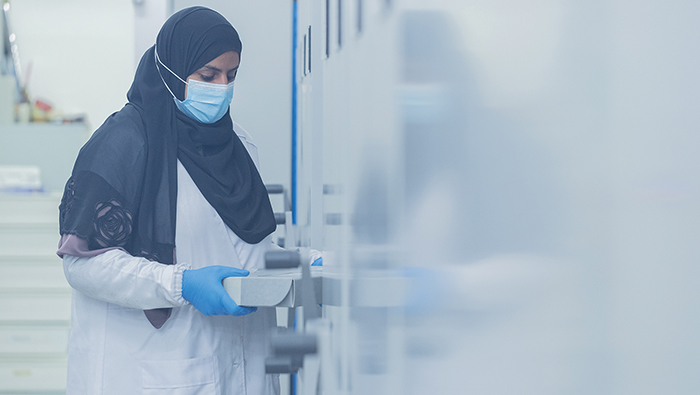
Muscat: Within the framework of mutual cooperation between the National Museum and the General Directorate of Antiquities and Museums of the Syrian Arab Republic, the conservation team at the National Museum recently finished a project of conserving and restoring 100 antique pieces of Roman and Byzantine bronze coins bearing inscriptions and pictures of emperors in those periods.
The coins were loaned to the National Museum from the General Directorate of Antiquities and Museums of the Syrian Arab Republic, according to the memorandum of understanding (MoU) signed in Muscat in 2019.
The National Museum is the first Museum in the Sultanate that includes modern conservation and preservation facilities managed by highly qualified Omani specialists.
Bronze coins, some of them dating back to the Roman period, are illustrating on the centre of the obverse images of Roman emperors, as they were engraved on the bronze coins of that period.
The centre of the obverse shows a personal bust inscription of one of the Roman emperors, on top of which is a radial crown symbolising the sun, or a wreath of paper Laurel encircles his head.
The central inscription frames a Latin phrase that mentions the name of the emperor. The back of the bronze coins illustrates multiple inscriptions and images that reflect the environment of the city, in which the coins were minted during that time, such as trees and animals, or chariots, horses, temples and deities, such as the goddess (Tika). She is the protector deity of the city and was usually engraved wearing a crown in the form of the city wall. The name of the Mint house was usually engraved below the central inscription.
The other group of coins dated to the Byzantine period, bearing in the centre of the obverse busts of Byzantine emperors either alone or with their sons.
The frames of the central inscription mentioning the name of the emperor. As for the back of these coins, most of them carry the letter M or X, which is an expression of the weight of the coin’s value. In addition to drawing a small cross. The name of the Mint house was usually engraved below the central inscription.
By studying the coins and by their weight and the purity of the minted metal, it is possible to know the economic situation of the countries in those periods. Also, the political and religious situations can be indicated through pictures and writings engraved on the coins. Coins are one of the sources for figuring out the history of countries, as they carry the economic, political, and perhaps social and religious history of any country.
The conservation and preservation team at the National Museum took over conserving and preserving the coins. After examination, it became clear that coins had reached their physical condition to the stage of deep oxidation due to moisture, which led to a thick layer of rust and dust on the surface.
The National Museum is the Oman’s flagship cultural institution, showcasing the Sultanate’s cultural heritage from the earliest evidence of human settlement in the Omani Peninsula to present day through which we look forward to our promising future. The Museum was established by Royal Decree 62/2013, issued on 16 Muharram 1435 AH (corresponding to 20 November 2013 CE).